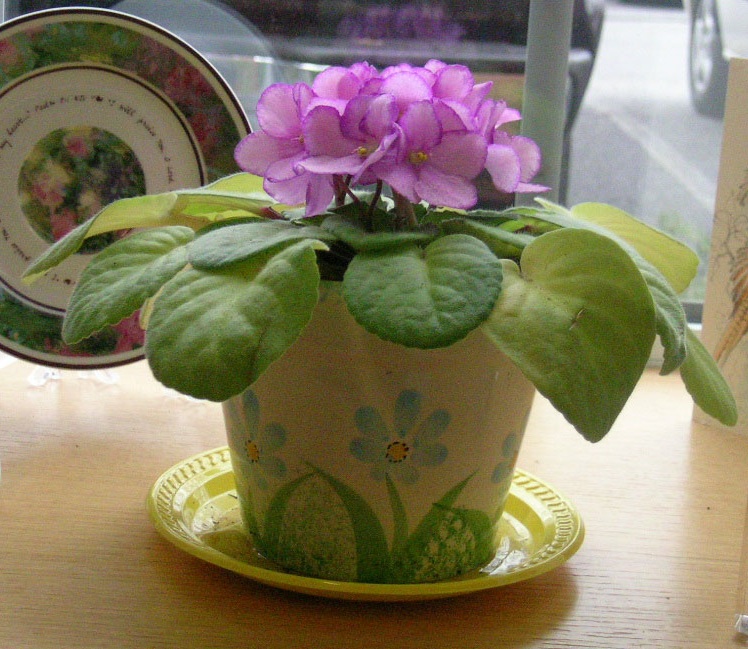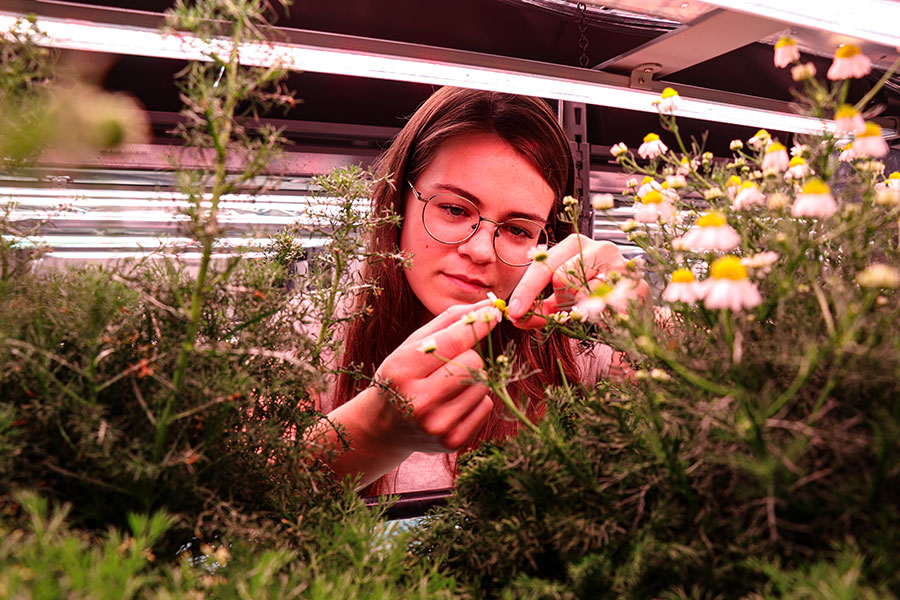Every year, well-intentioned plant owners decide to move their houseplants outside for the spring and summer. As a result, every year, thousands of houseplants die from too much sunlight.
Moving a houseplant from a relatively dark home into very bright sunshine will cause severe leaf burn. The bright sun bleaches out the leaf chlorophyll and causes the leaves to overheat. An hour of intense light can cause leaf damage that will take the plant months to recover and grow new leaves.
Put 'em in the shade
The best way to move houseplants outdoors is to bring them outside and place them in the shade of a large tree or bush. In most instances, they can remain under the shade all summer and will perform very well.
Sun-loving plants, like cactus and fast-growing trees, such as weeping figs, can be gradually moved into brighter light. Remember, the most intense summer light levels occur between the hours of 10 a.m. to 3 p.m. Limit houseplants’ mid-day light exposure to insure they become better adapted to the outdoors.
Porches and patios
University of Georgia Extension horticulturist Bodie Pennisi suggests placing houseplants on porches and patios during the summer months. These areas usually provide bright light, but be sure not to place plants in direct sunlight.
“Keep in mind, each time a plant is moved around, it will experience an acclimatization period, and such changes may become evident,” said Pennisi, a researcher on the UGA campus in Griffin.
As plants adjust to a new location, their leaves may turn yellow or light green and partially fold. Once they adjust to their new home, the leaves will return to a normal dark to medium green color and return to a normal state.
Once the houseplants have had time to adjust to the bright light, start a fertilization program. This is best done using water-soluble fertilizers such as Miracle Grow or Peters. The directions for mixing and the frequency of application can be found on the product label. Using more fertilizer than the recommended rates can damage plants.
May need more water
Water plants as often as needed. Most container type plants do best if the soil is allowed to become fairly dry before watering. When water is needed, add it until water runs out the drain hole in the bottom of the container.
On hot, dry, summers some container plants may need to be watered every couple of days. Don't allow plants to become water-stressed before applying water.
Keep in mind, however, that each time the plant is moved around, it will experience an acclimatization period, and such changes may become evident.
Learn as much as possible about the extent of acclimatization of the chosen plants. The retailer should be able to provide this information. When shopping for plants at a garden center, ask if the plants have been acclimatized.
Remember that the most important factors of indoor plant growth are adequate light, fertilizer and water at reduced rates.
Pick the best plants for indoors
Special care given to houseplants during the summer months will rejuvenate them, so they will look good when brought back inside for the winter.
For a list of plants UGA Extension recommends for use as houseplants, see the publication Growing Indoor Plants with Success – B1318 at www.caes.uga.edu/publications.








